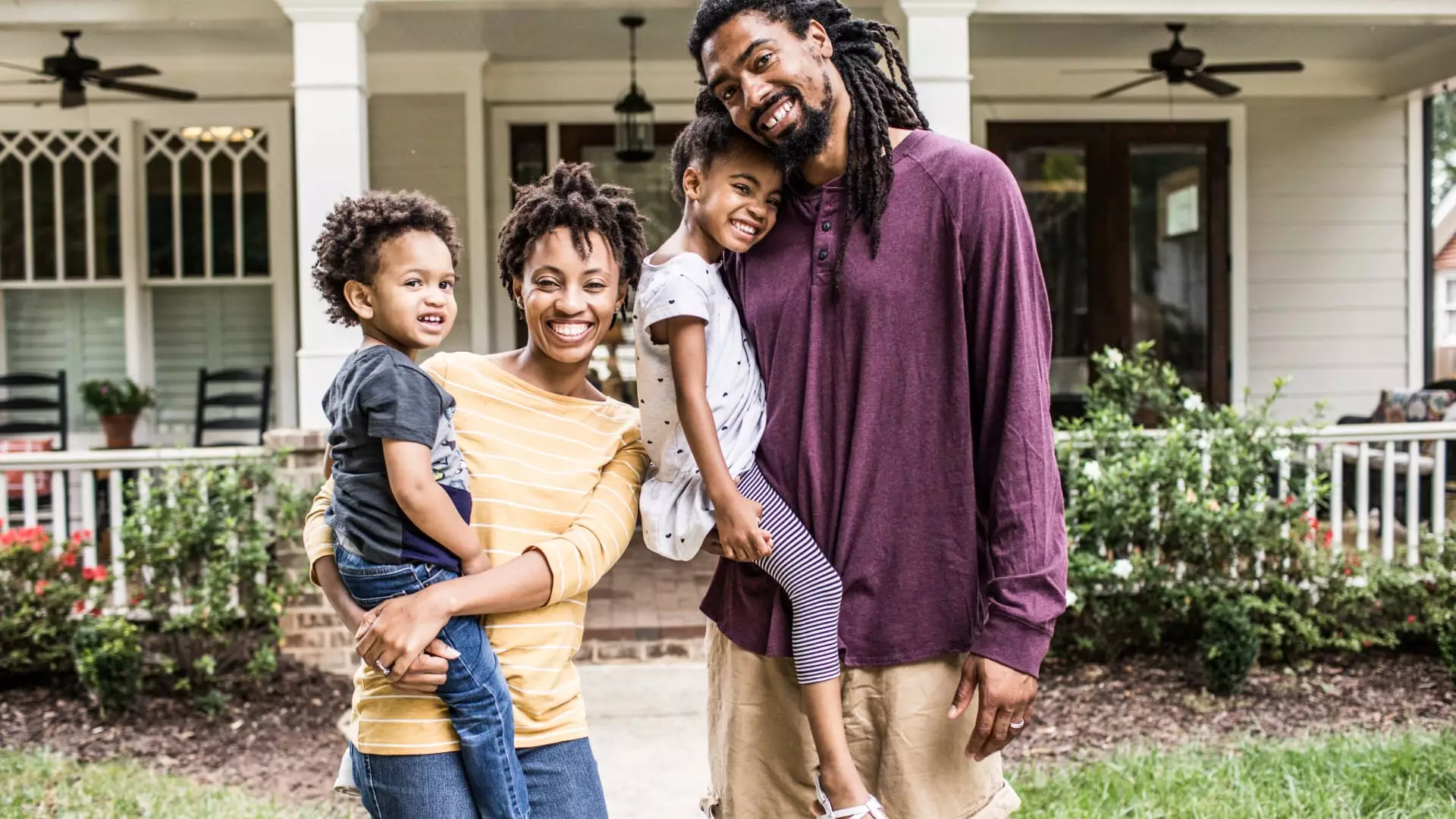The traditional idea of homeownership as a symbol of the American Dream is facing challenges in today’s economy. Rising home prices, stagnating wages, and stringent mortgage requirements are making it increasingly difficult for younger generations and first-time homebuyers to achieve this milestone. The standard 30-year mortgage, established during the Great Depression, may no longer be sufficient to make homeownership attainable for a wide range of Americans.
To address these issues, a bold proposal is put forth: the implementation of a 40-year mortgage program utilizing the Federal Home Loan Bank (FHLB) system as the foundation. This innovative approach aims to lower monthly payments by extending the repayment period and potentially securing a more affordable market rate. By combining extended mortgage terms with financial literacy training and federal subsidies for qualified first-time homebuyers, this program seeks to make homeownership more accessible and foster sustainable economic growth.
The FHLB system, a government-sponsored entity that provides liquidity to member financial institutions, is well-positioned to support the implementation of a 40-year mortgage program nationwide. Leveraging the infrastructure and network of regional banks within the FHLB system can ensure efficient rollout and stability in the housing market. This framework allows for tailored solutions to meet the diverse needs of communities, from rural areas to major urban centers.
One of the key components of the proposed program is the emphasis on financial literacy training for first-time homebuyers. By completing certified training, participants can qualify for federal subsidies on their mortgage rates, ranging between 3.5% and 4.5%. This incentivizes responsible borrowing and ensures that individuals are equipped with the necessary skills to manage their finances effectively and make informed decisions about homeownership.
Expanding access to homeownership through a 40-year mortgage program has far-reaching economic and social benefits. Homeownership stimulates consumer spending, creates jobs, and fosters community stability. By narrowing the wealth gap and promoting equitable wealth distribution, particularly among marginalized communities, this initiative can address social justice concerns and advance economic sustainability.
By making homeownership more attainable for a broader segment of the population, the 40-year mortgage program lays the foundation for a more resilient and inclusive economy. Homeowners are more likely to invest in their communities, contribute to economic stability, and build wealth over time. This approach aligns with broader goals of economic sustainability, emphasizing responsible lending practices to avoid previous housing market crises.
The introduction of a 40-year mortgage, supported by the FHLB system and federal subsidies tied to financial literacy, represents a significant opportunity to expand homeownership in America. By reimagining the traditional 30-year mortgage and making homeownership more accessible, we can ensure that the American Dream remains within reach for future generations. It is time for bold action and a commitment to financial literacy as a cornerstone of economic empowerment for all Americans.

